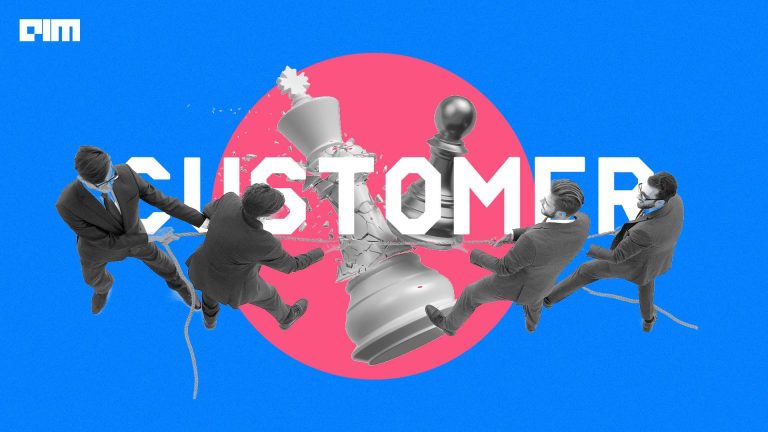With the continuous adoption of cloud computing, mobile network, big data, and SDNs, the number of internet users has exploded. To catch up to the fast-changing trends with wireless connectivity and the internet, companies have strived to have more cloud adoption for different business operations. Cloud computing for years has offered a secure and controlled way of reliable remote access. However, it does lack the speed to process the gathered data from the edge of the network, which is a point where an enterprise owned network connects to a third party network. This challenge, in recent years, is addressed by edge computing as it offers better latency.
Below we look at some differences between edge computing and cloud computing and whether it can replace cloud computing:
What Is Edge Computing?
It can be defined as the computational processing of data away from the centralised infrastructure and close to the logical edge of networks that are towards individual sources of data.
IT can also be described as a distributed IT network architecture that enables mobile computing for locally produced data. So, instead of sending the data to the data centres, it decentralises computing power to ensure real-time processing without latency in addition to reduced storage and bandwidth requirements on networks.
For a good example, consider autonomous cars. For any autonomous cars, road safety is the most critical aspect of driving. These autonomous cars in order to drive safely must be able to recognise obstacles or people in real-time and hit the brakes if there is something in its path. This will require visual processing information and making decisions quickly, which is done using edge computing. It takes around 100 milliseconds for the data to be transmitted between the car’s sensors and cloud data centres, this figure might seem fast, but in driving, it isn’t. This delay or the time for data transmission has a significant impact on the reactions of self-driving cars. Edge computing, in contrast, expedites the process and reduces the load on networks to help improve the autonomous car’s performance. Here, speed becomes one of the critical highlights of technology like edge computing.
What Is Cloud Computing?
We already use cloud services in our daily lives right from banking to playing online video games and watching Netflix. The cloud is a set of different hardware and software that work together to deliver many computing features to the end-user as online services.
Migrating to cloud computing services instead of building in-house data centres reduces a company’s burden in terms of investing heavily on setup and maintenance. Cloud computing, with its extensive usage, holds many benefits like:
Scalability: It allows companies to start with small deployments on clouds and expand efficiently as time passes. It also enables organisations to scale by adding extra resources as and when needed, which enables them to satisfy the rapidly changing customer demands.
Maintenance: In the case of having in-house data centres, companies have to maintain the data centres by themselves. But with cloud computing, the cloud providers themselves maintain the systems.
Cost-saving: Companies significantly reduce both operational and financial costs when it comes to expanding their computing capabilities.
Resource pooling: Multiple users can share the same spaces and resources can be assigned and distributed as needed. Users from any location in the world have equal access to the services.
Edge Computing vs Cloud Computing: Is Edge Better?
With the rise of demand for real-time applications, the adoption of edge computing has significantly increased. Although centralised cloud computing systems provide ease of collaboration and access, they are remote from data sources. So, this requires data transmission, which causes delays in processing the information due to network latency. Today’s technology expects low latency and high speed to provide superior customer experience. Thus, one cannot afford to have cloud computing for every need.
Although the cloud has some benefits, edge computing holds more advantages when compared:
Speed
All the raw information the cloud works with is through the edge devices, which collect and send data to it. The devices at the edge play a limited role of only sending raw information and receiving processed information from the cloud. But, the exchange that takes place can be used only with the applications where the time delay is permissible.
So, edge computing provides better speed with low latency, giving the opportunity of interpreting input data close to the source. This provides more scope for applications that need real-time services.
Low Connectivity Cost And Better Security
Rather than filtering data at the central data centre, edge computing allows organisations to filter data at the source. This results in less transfer of companies’ sensitive information between devices and the cloud, which is better for the security of organisations and their customers. Reducing the movement of data also decreases the cost incurred as it eliminates the need for storage requirements.
Better Data Management
According to the figures, the connected devices are expected to reach around 20 billion by 2020. Edge computing takes an approach where it tackles some systems with special needs, freeing up cloud computing to work as a general-purpose platform. For example, the best route to a destination through a car’s GPS will come from analysing the surrounding areas rather than the data centres of the carmakers, which will be far away from the GPS. This results in lower dependence on cloud and helps applications perform better.
Final Thoughts
Although edge computing has more advantages compared to cloud computing, it would be wrong to say that edge would completely replace cloud computing. Choosing which one company will opt is better left as they will be making this decision according to their needs. Choosing between these two would be like choosing whether you want a luxury sports car or a more spacious family car. It depends on what one wants. Identify your needs, compare them against costs, assess and then choose which one is the best choice.



















































































